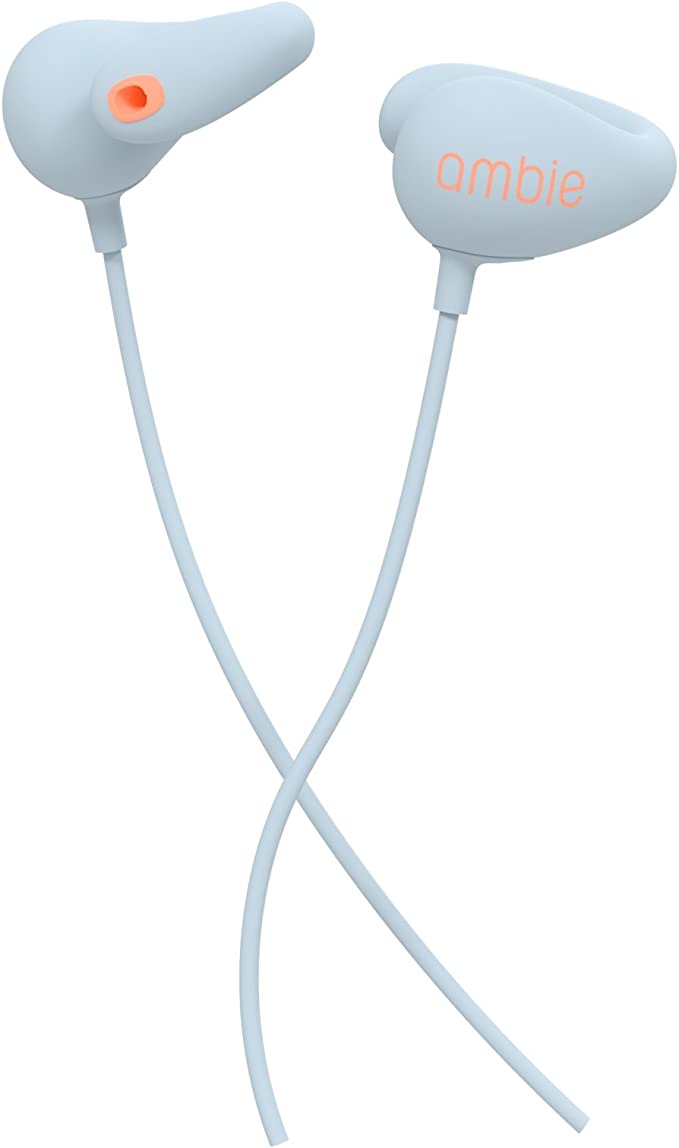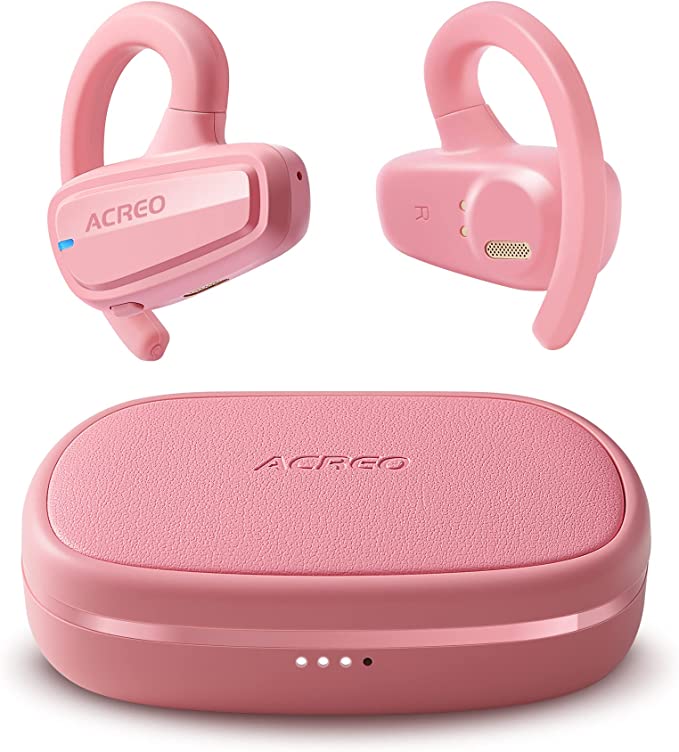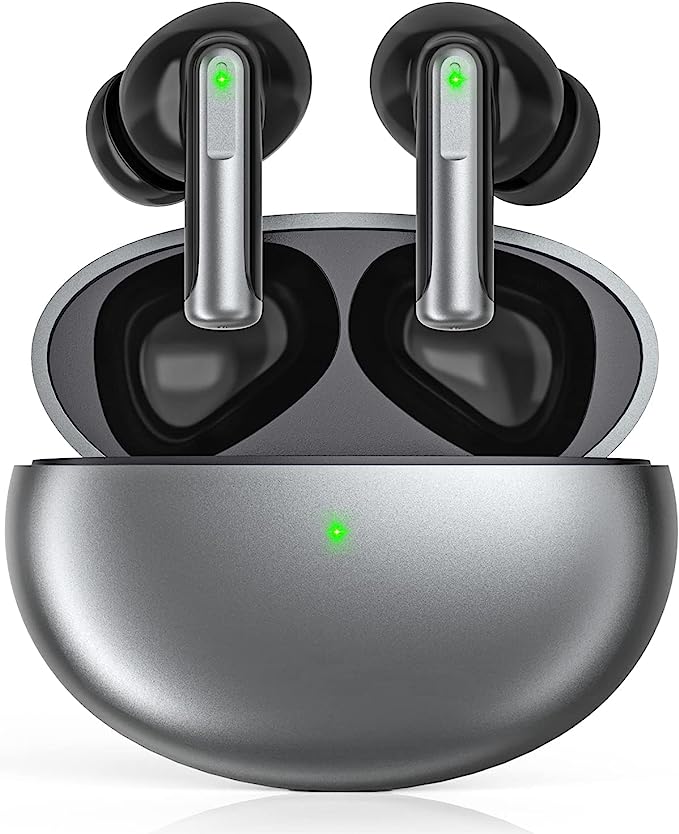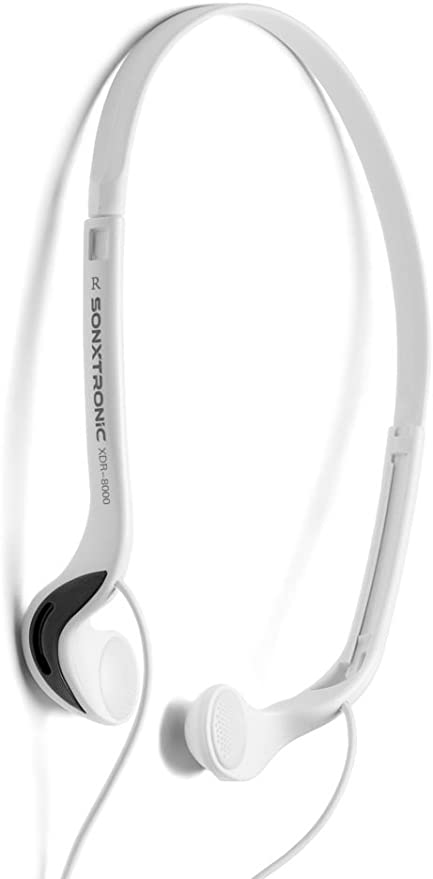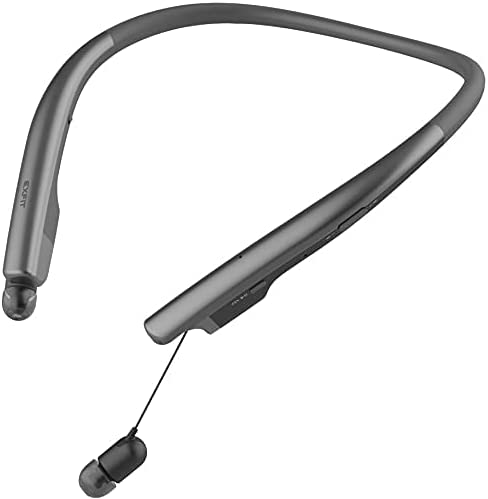A Cat's Private Kingdom: The Behavioral Science of a Stress-Free Litter Box
Update on Oct. 14, 2025, 6:13 p.m.
To a human, it is a simple plastic container, a utility item relegated to a discreet corner of the home. To a cat, however, the litter box is something far more profound. It is a nexus of territory, security, and instinct; a private kingdom where some of their most primal behaviors are enacted daily. When a cat begins to urinate on a soft rug or in a hidden closet, it is rarely an act of spite. More often, it is a desperate communication—a sign that something in their kingdom is deeply wrong. Understanding the intricate behavioral science behind this crucial piece of feline furniture is the key not only to a cleaner home, but to the long-term health and happiness of its feline ruler.

The Ancestral Blueprint: Why Cleanliness and Safety are Non-Negotiable
To grasp a cat’s perspective on their bathroom habits, we must look to their ancestor, the African wildcat. For this solitary hunter, waste management was a matter of life and death. Leaving feces and urine uncovered would act as a powerful olfactory billboard, alerting predators to their location and warning potential prey of their presence. The meticulous act of burying their waste was a critical survival tactic, a way to erase their signature from the landscape. This instinct is so deeply encoded that our pampered domestic cats, who have never faced a jackal, still perform this ritual with solemn dedication.
Equally important was the issue of situational awareness. A wildcat would never choose to eliminate in a tight, enclosed den with only one exit. To do so would be to render itself completely vulnerable to ambush. It would select a spot with soft, sandy substrate and, crucially, a panoramic view of its surroundings. This allowed it to remain vigilant, confident that it could detect and flee from any approaching threat.
These two ancestral imperatives—for a clean, signature-free space and a safe, open environment—form the bedrock of modern feline litter box preferences. They are not quirks; they are non-negotiable biological demands.
The Silent Sickness: How Litter Box Stress Manifests
When a domestic cat’s environment fails to meet these ancient needs, the consequences can be devastating. A consistently soiled litter box or one that feels like a trap can become a source of chronic, low-grade stress. As a wealth of veterinary research has established, this form of environmental stress is a primary trigger for one of the most common and painful feline health crises: Feline Idiopathic Cystitis (FIC). A 2011 landmark study in the Journal of Feline Medicine and Surgery reviewing the causes of Feline Lower Urinary Tract Disease (FLUTD) explicitly identifies environmental stressors as a key factor. The inflammation of the bladder wall in FIC is not typically caused by infection, but by a complex neuro-hormonal response to anxiety. The cat isn’t just “unhappy”—its body is physically reacting to a perceived threat in its core territory.
The most visible symptom of this distress is often inappropriate elimination. When a cat urinates on its owner’s bed, it’s not seeking revenge. It’s often seeking a place that feels safe and smells strongly of its trusted human, a desperate attempt to self-soothe in a moment of anxiety. The owner’s frustration is understandable, but punishing the cat only deepens the crisis, adding social stress to the environmental stress that caused the problem in the first place. The behavior is a cry for help, demanding that we investigate the source of their anxiety, and the investigation should always begin at the litter box.
Designing for Serenity: An Analysis of “Cat-First” Principles
Fortunately, as our understanding of feline behavior has grown, so has our ability to design environments that cater to their needs. The rise of automated litter boxes presents a powerful tool in this endeavor, particularly in addressing the non-negotiable demand for cleanliness. A device like the Furoomatepet PCT110-US, with its automatic scooping cycle, ensures that for every visit, the cat encounters a pristine surface. This constant state of readiness removes a massive potential stressor. It mechanizes the ideal state that a wildcat would seek, effectively resetting the environment to a neutral state after each use.
Furthermore, the choice of an open-top design directly addresses the ancestral need for safety and security. It provides the cat with an unrestricted field of vision and clear escape routes, preventing the feeling of being cornered that many covered or flap-door boxes can induce. The superior ventilation of an open design also prevents the concentration of ammonia, which can be overwhelming to a cat’s sensitive nose, making the box itself an unpleasant place to be. For a timid, anxious, or particularly large cat, an open-plan “throne room” can be the difference between calm acceptance and fearful rejection. The immediate positive response from the three cats in user Patrick M.’s home strongly suggests that this design resonated with their instinctual preferences.
The Human-Feline Dilemma: When Our Comfort Clashes with Theirs
Yet, this “cat-first” design philosophy can create a new challenge. The very openness that provides a cat with security can expose the human inhabitants of the home to unpleasant odors. This is the central paradox of sharing our lives with these animals: what is best for them is not always most convenient for us. The negative review from user Janie, who lamented a pervasive odor, is not a contradiction of the design’s success from a feline perspective; it is the unfortunate consequence of it. Her cats may well have been calmer and more comfortable using the box than any other they’d had. But the human cost was a constant olfactory assault.
This dilemma places a responsibility back on the owner. If we choose a design that prioritizes our cat’s mental well-being, we must then be more strategic in managing the human-facing consequences. This may involve placing the box in a well-ventilated area, investing in high-performance litter with odor absorbers like activated carbon, or ensuring one’s diet doesn’t contribute to particularly strong waste odors. It requires a shift in mindset—from seeking a single product that magically solves all problems to actively curating a shared environment where the needs of both species are understood and balanced.

Conclusion: Building a Better Kingdom for Your Cat
The litter box is the heart of a cat’s territory within our homes. Its condition and design send a constant, powerful message to our feline companions about their safety, security, and our provision for their needs. By looking past the plastic and seeing the behavioral science that should inform its design, we can make choices that actively promote their well-being. Automation offers a remarkable leap forward in meeting their instinctual need for cleanliness. Design choices that favor open spaces and security can alleviate a major source of hidden stress, potentially preventing painful and costly health problems down the line. The challenge left for us, the human cohabitants, is to thoughtfully manage the compromises that arise from putting our cats’ needs first, ensuring that their private kingdom can exist in harmony within our shared home.













